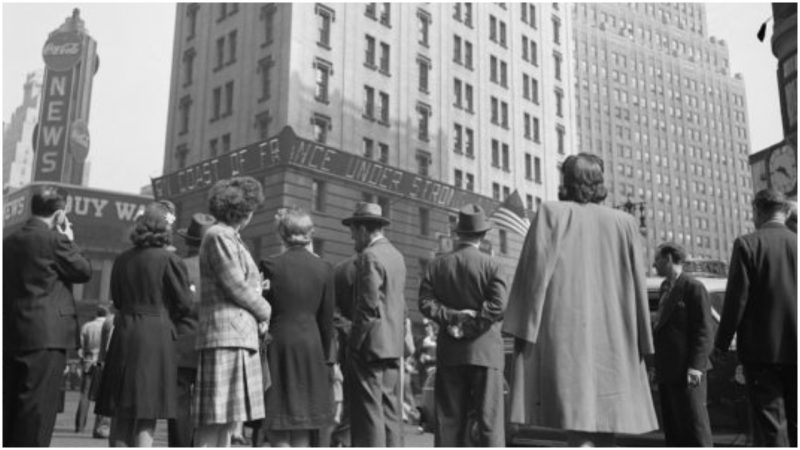You don’t have to be a history buff to know that D-Day was the start of Operation ‘Overlord’ – was, at the time, the biggest invasion in history and the most significant victory of the Allies in World War II.
It was June 6th, 1944, when 160,000 American, British, Canadian and Free French troops, landed on the shores of Normandy, France, thus marking the beginning of the end of World War II.
Soldiers, Sailors, and Airmen of the Allied Expeditionary Force!
You are about to embark upon the Great Crusade, toward which we have striven these many months. The eyes of the world are upon you. The hopes and prayers of liberty-loving people everywhere march with you. In company with our brave Allies and brothers-in-arms on other Fronts, you will bring about the destruction of the German war machine, the elimination of Nazi tyranny over the oppressed peoples of Europe, and security for ourselves in a free world.
Part of General Eisenhower’s letter to the troops before the invasion of Normandy.
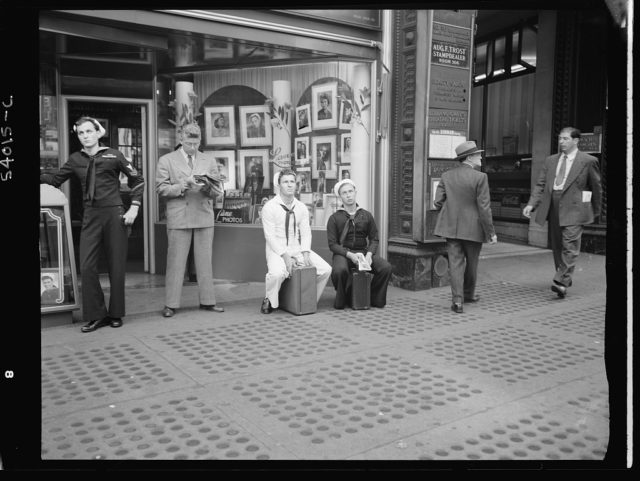
It’s been more than 70 years since Operation ‘Overlord’ has started and it seems that people have all the information about D-Day available on the Internet, just like they have the latest news from any part of the world. But how did the American people learn of the invasion in an era without Internet?
When people of New York woke up on the morning of June 6th, 1944, they could hear some short official statements on the radio and read some of the headlines in the newspapers, but there weren’t any details of where their sons, fathers, and brothers had landed.
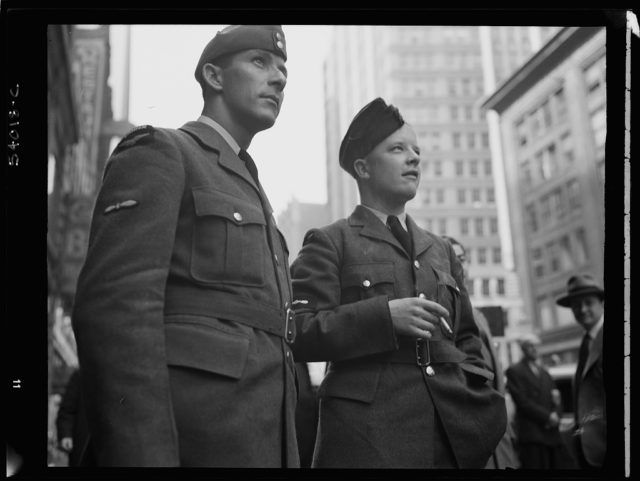
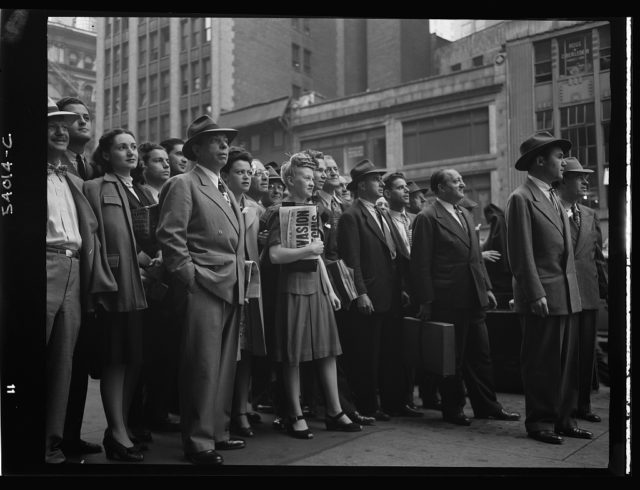
There weren’t any live radio reports from the shores of Normandy and the only way the Americans in New York could get news about D-Day was going to Times Square where the electronic news sign on the Times building provided the latest news about the invasion.
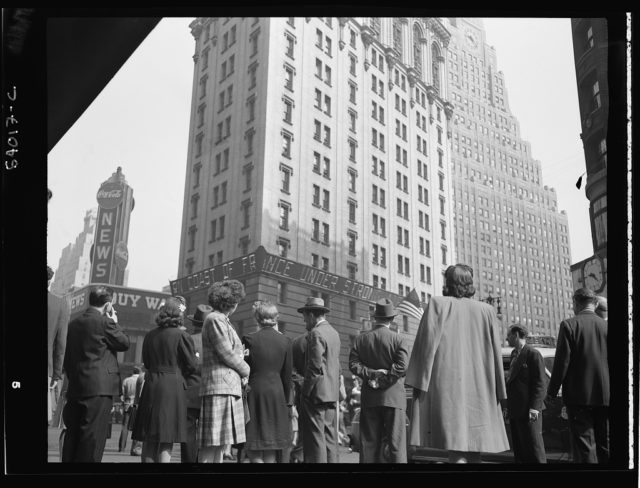
These are some of the photographs taken on D-Day in New York, and they show people gathered in front of the Times building, reading the news about the invasion and patiently waiting for the latest details to be written.
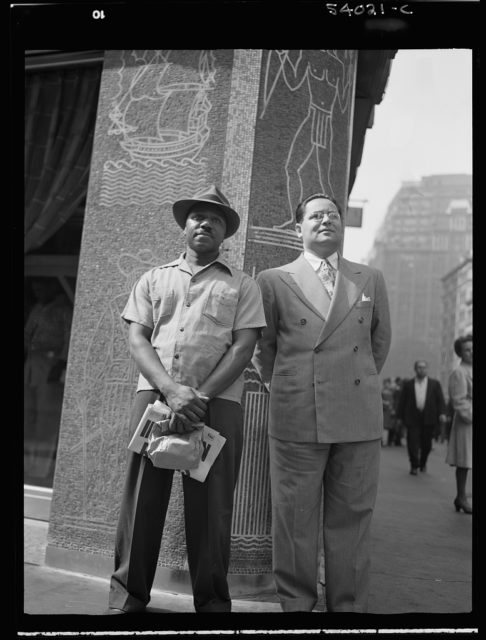
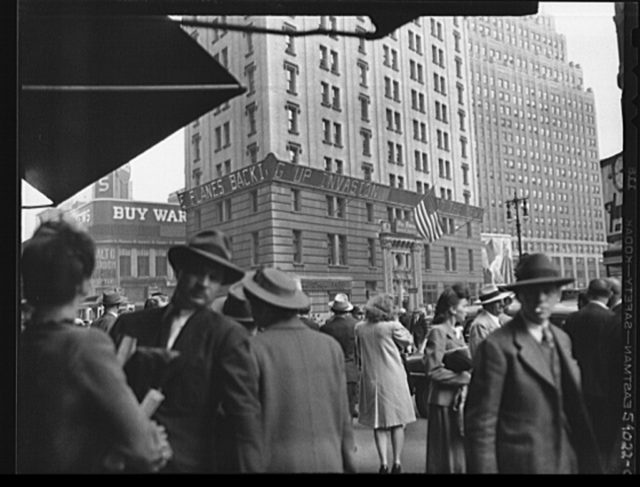
The day when the Allied troops landed on the shores of Normandy is undoubtedly the crucial turning point in World War II. The operation was successful, and over 170,000 soldiers successfully stormed the beaches of Normandy that day.
In less than three months, the Allies liberated all of the northern France and o May 8th 1945, 11 months after D-Day, Germany Field Marshall Wilhelm Keitel signed the final surrender terms on 8 May 1945 in Berlin.
